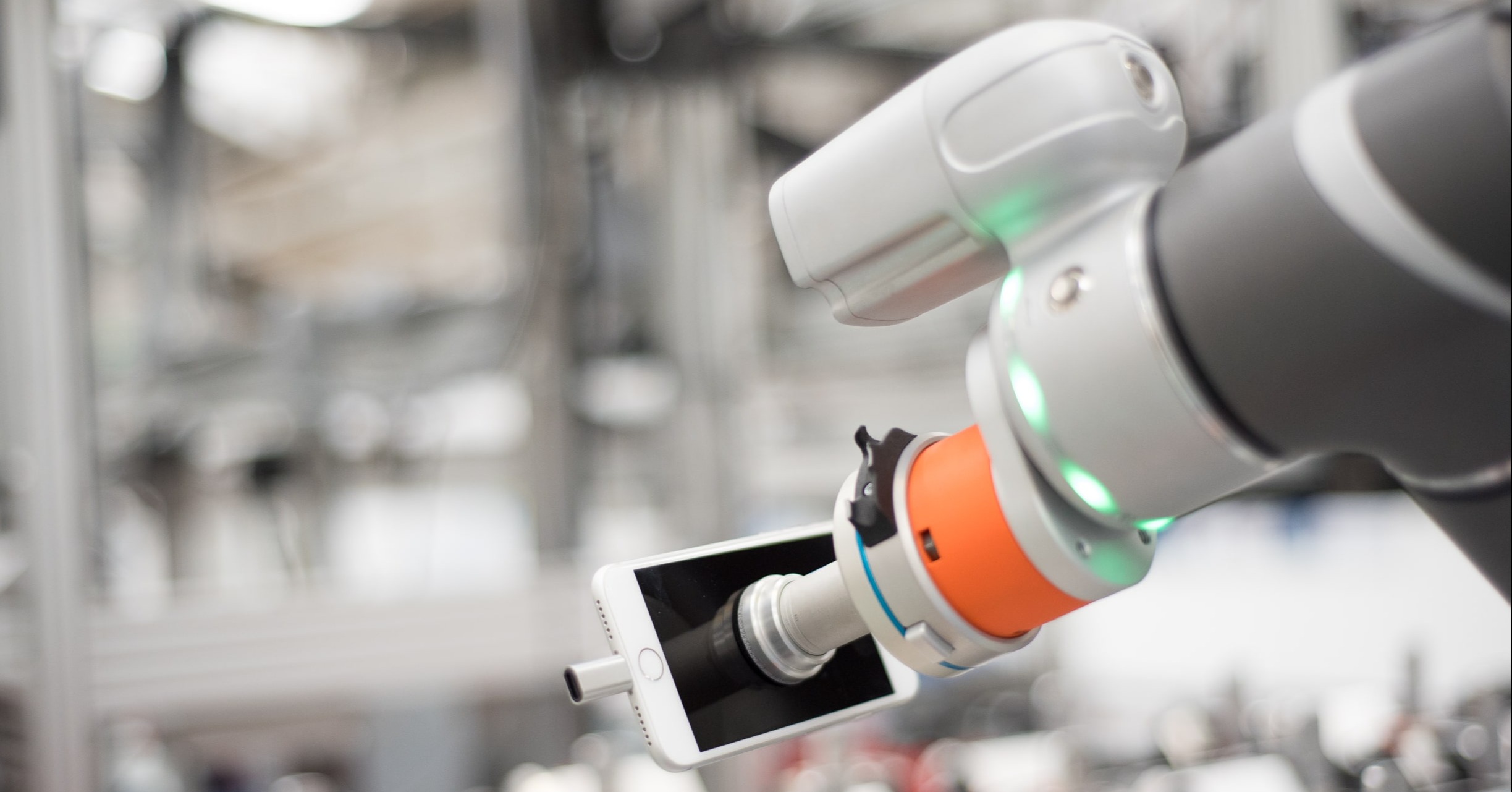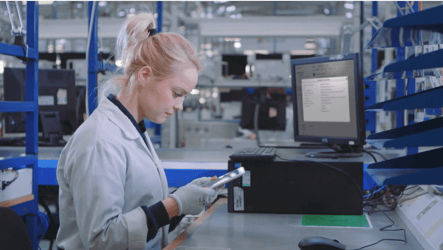Are you looking to stay ahead of the curve and implement reverse logistics innovations enhanced by AI and automation? There’s been lots of recent discussion about whether AI is good or bad but these developments can improve the automation behind your reverse logistics processes.
Ingram Micro Lifecycle strives to innovate for our customers to provide solutions that improve efficiencies, both in results and financially, that don’t compromise on quality.
In the article below, we’ll touch on some developing advancements that we see in the industry. These improve the intelligence behind automation and improve reverse logistics.
Innovation in reverse logistics
These are some of the improvements we’re seeing in reverse logistics that innovate with AI and automation that will continue to be developed and refined in the future. While there is a debate about whether AI and robotic technology will replace human input, it’s important to note that in this setting, the human element cannot be completely replaced. The customer will always need a human face to interact and build relationships with.
Automation in reverse logistics often uses AI-driven software or intelligence-fed hardware that aims to improve efficiencies. The introduction of this technology increases the processing volume of products as well as the successful yield.
It should be noted that you must make sure that your payment systems and returns credits are set up to support improved efficiencies. If you’re improving the input side of reverse logistics, then the final outputs must keep up to be sustainable.
Improvements of automation
1. Repeatability
While automated capability is improving, the application of it also needs to improve. Currently, automated processes are largely ideal for similar product sets. These approaches don’t necessarily lend themselves well to cross-pollination. It may be appealing to rush ahead and apply a one-size-fits-all approach to introducing new automation, but the reality is very different.
Automation improves the speed of processing when the same systems can be applied to a product set. This enables upscaling and reduces errors by ensuring there’s one single set of criteria for consistency.
There are parts of the reverse logistics process that easily lend themselves to repeatability that automation will enhance, such as non-intrusive refurbishing and testing, but we’ll see the process as a whole interrogated and broken down for out-of-the-box thinking for new automation applications.
2. Reduction of human bias
By removing the subjectivity from human assessment of returned products, we’ll see correlating increases in volume processed, quality, and yield.
Intelligent software eliminates the mistakes from the human element and enables consistency against set criteria. This is predetermined by the product partner and the business customer, using expertise and knowledge to agree on the most suitable requirements.
Not only that, but it can work at a speed unsuitable for humans. This is better for their health and safety when it comes to intricate technical work.
3. Enhanced cleaning
Robotics will be used increasingly to uplift the quality of products. Cleaning techniques will be improved and made more efficient during refurbishment, recoating, and spraying processes. These will deliver better-quality finishes for used devices, enabling better value recovery and a greater chance of re-use.
4. Better technician working conditions
This technology improves the quality of work for technicians because it can take over or assist in repetitive, strenuous activities. Therefore, this relieves stress and pressure on technicians, making a better working environment.
Taking reverse logistics to the next level
Staying innovative is important to make cost savings, increase efficiencies, and improve worker conditions. AI and robotics aren’t replacing humans in the reverse logistics industry but instead assist with better decision-making, working environments, and outputs.
Ingram Micro Lifecycle is already implementing many innovative practices within our solutions packages that incorporate robotics. From battery testing to effective product sorting, we’re using the latest technology at every step of the reverse logistics process.
Get in touch with us today to discover our suite of services and learn how we’re using automation to improve customer results.
Recommended reading:













